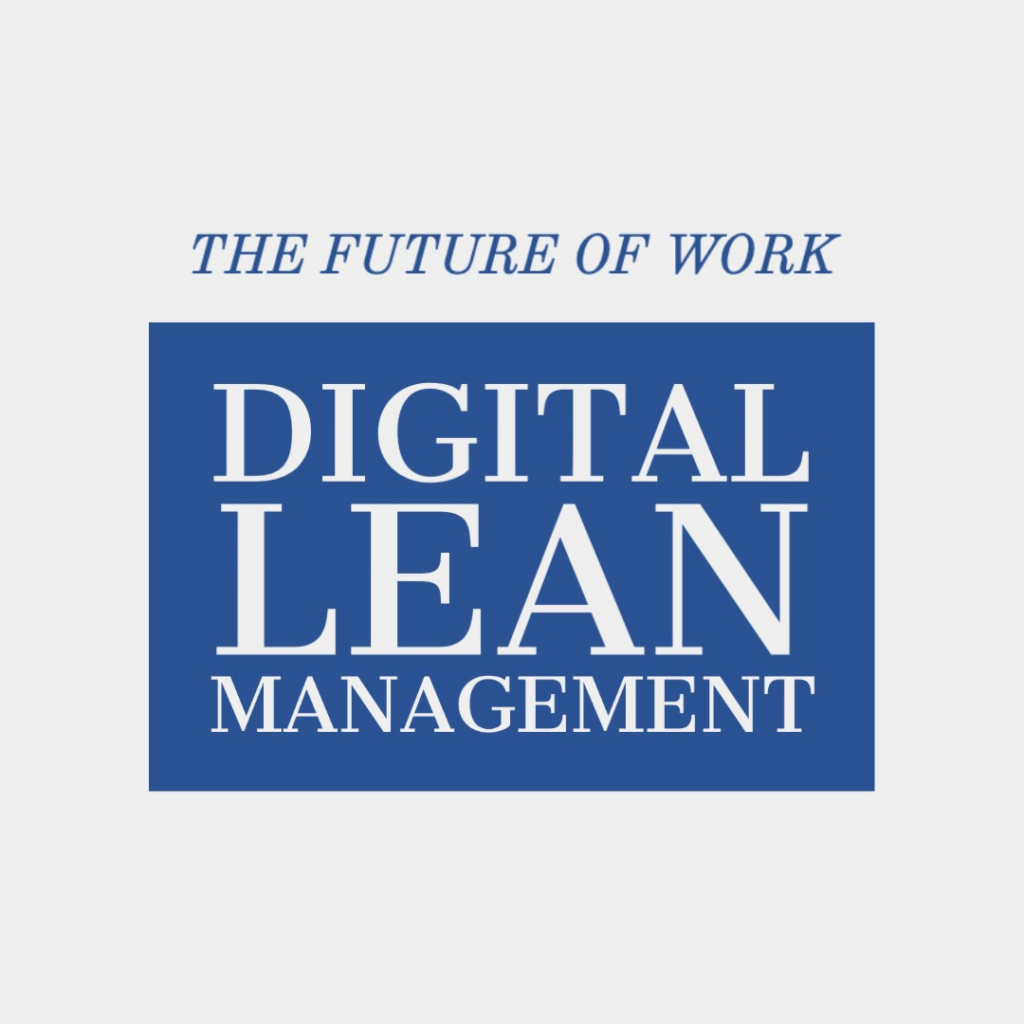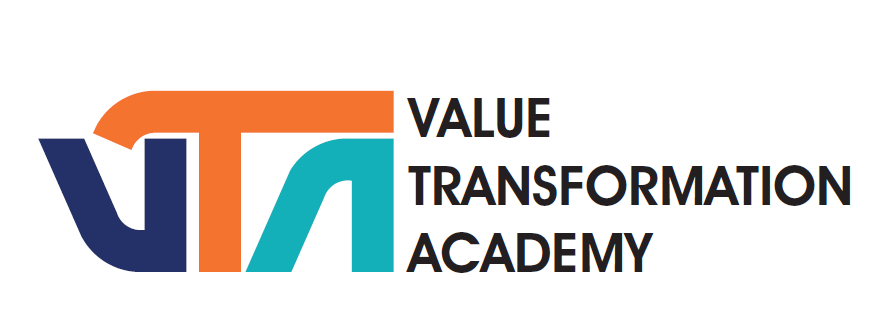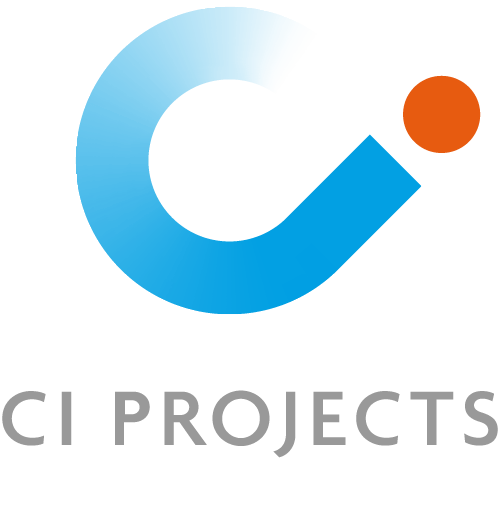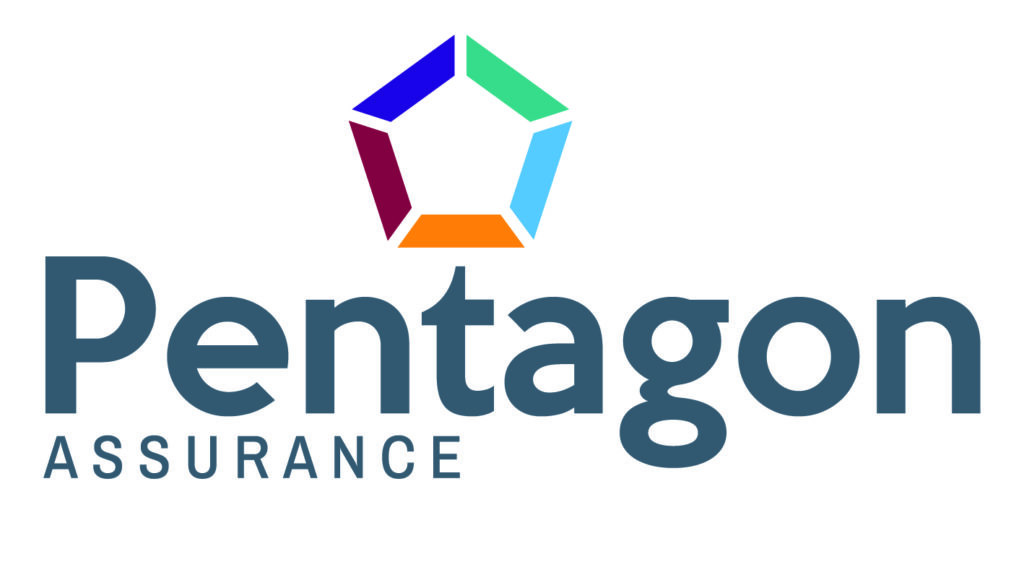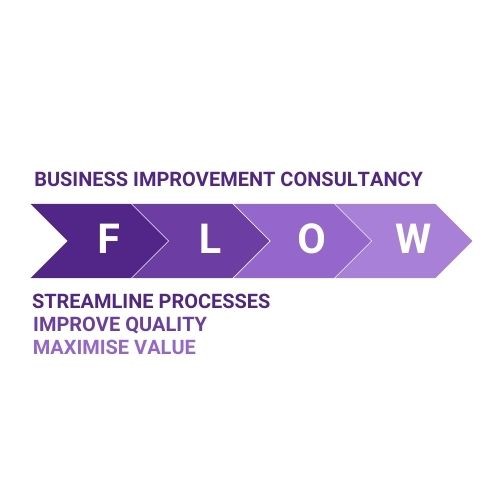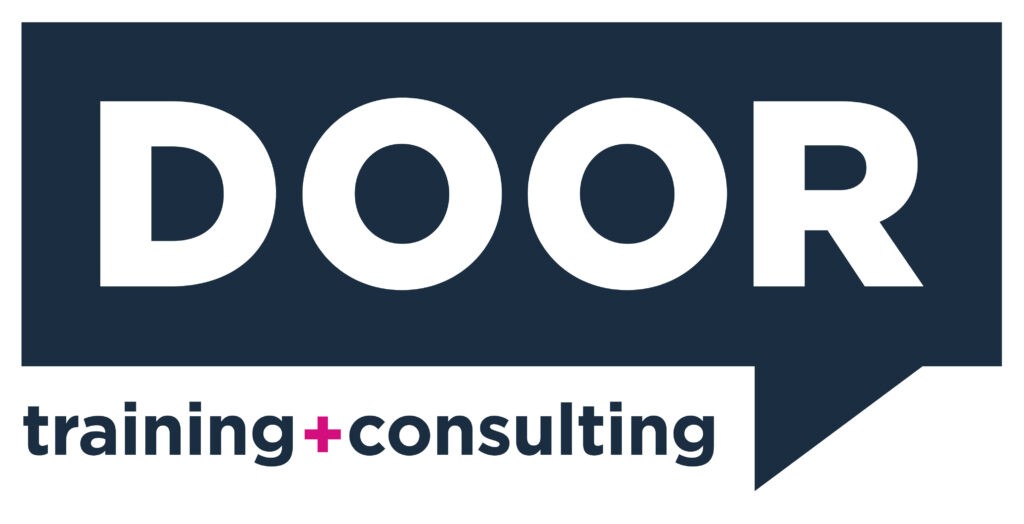A Practical and Simple Approach to Failure Modes and Effects Analysis ( FMEA )

Publication date: 23 March 2022
Abstract
Purpose
Design/methodology/approach
White Paper
You need to start FMEA in your organisation ? How do you go about it?
First forget FMEA and think “People.” I once went on a short course on adult learning. Adults at work are time poor. If you want them to be effective learners then understanding two characteristic behaviours will give you an increased chance of success. First, they must be working on a real, useful problem. They do not want to wait for years for the results. Secondly keep the concepts as simple as possible, if the ideas are too complicated then it is unlikely that people will internalise them.
Start off with an FMEA that really needs to be developed for example because of scrap or a customer issue. Keep the process as simple as possible.
So, this is what I kept in mind when over twenty years ago I was the champion for FMEA at Motorola’s South Queensferry site. We had two risky projects to complete. One was changing the ion exchange resins in the de-ionised water system. A second was installing the latest Canon stepper. A stepper is a fancy printing system for manufacturing silicon chips. Do not worry about the technicalities just think if the de ionised water system goes wrong then it is effectively career death. Should the Canon stepper installation slip and the project stalls the consequences could be millions of pounds in lost revenue. In both cases developing a FMEA was a real and useful task.
We put together a straightforward process to create the FMEA. We did not worry about how the entire FMEA system would look in the future. We did not benchmark it against the NASA process that ensured men travelled to the moon and returned alive. We were using the process to discover the obvious but easily overlooked.
Not forgetting people, we made sure representatives from all the groups were involved, manufacturing, process and maintenance engineering and facilities. We needed them to be actively involved because they had the knowledge, we needed to incorporate in the FMEA.
Map the process in detail, what are the steps we will take to perform the task? The key here is going into the detail, map out exactly how we will remove the resins in the DI water system.
At each step consider what could go wrong , we could contaminate the ultra-pure DI system, what happens if the Canon stepper loses its facilities.
We used a 1-5 grading at each step for severity, occurrence and detection and calculated the Risk Priority Number in the normal way SxOxD. This was used to identify the obvious big risks.
What did we discover?
Well apparently, to remove the spent resins from the large vessel we were gong to suck them out with a council drain cleaner. Yes, into our ultra-pure water system we were going to insert a dirty hose that had been cleaning the local drains, we found a better way.
The Canon stepper had a very fancy “air bearing” that used compressed air…nobody knew what would happen if the compressed air failed….probably a nasty crunch. So, we asked Canon for clarification.
So, to start your FMEA think of how adults learn. Make it useful, relevant and the engagement will happen . Keep the process quite simple. Do not buy the latest benchmark book on FMEA and try and implement every feature. Build from your simple start.
There is a wealth of practical experience in Datalyzer’s White Papers
Lean and Six Sigma in policing: austerity, driver or distraction?
International Journal of Emergency Services
ISSN: 2047-0894
Publication date: 7 May 2019
Abstract
Purpose
Design/methodology/approach
Findings
Lean Six Sigma: yesterday, today and tomorrow
International Journal of Quality & Reliability Management
ISSN: 0265-671X
Publication date: 7 August 2017
Abstract
Purpose
Design/methodology/approach
Findings
Practical implications
Ten commandments of Lean Six Sigma: a practitioners’ perspective
International Journal of Productivity and Performance Management
ISSN: 1741-0401
Abstract
Purpose
Design/methodology/approach
Findings
Research limitations/implications
Originality/value
A Global Study Into the Reasons for Lean Six Sigma Project Failures: Key Findings and Directions for Further Research
Jiju Antony, Fabiane Letícia Lizarelli, Marcelo Machado Fernandes
Research output: Contribution to journal › Article
1Downloads (Pure)Abstract
A low success rate of improvement projects is one of the causes of the discontinuity of lean six sigma (LSS) initiatives in companies. It is essential to identify and evaluate the reasons why LSS improvement projects fail in order to enable LSS, Lean, and six sigma sustainability. This article presents the findings from a global survey conducted with 201 LSS experts around the world in both the service and manufacturing sectors. The results of this article point out the significant failure rates for LSS projects and alert that projects had higher termination rates in the measure and analyze phases [define, measure, analyze, improve, and control (DMAIC)]. Failures occur primarily at the corporate level. The main causes of project failures identified were the lack of commitment by top management, resistance to change, inadequate rewards and recognition mechanisms, inconsistent monitoring and control of the projects, and poor communication. This article shows that there are some minor differences in terms of ranking of these factors between the manufacturing and service sectors, but there is a significant difference in terms of continent and belt level (master black belts, black belts, and green belts).| Original language | English |
|---|---|
| Journal | IEEE Transactions on Engineering Management |
| Early online date | 4 Sep 2020 |
| Publication status | E-pub ahead of print – 4 Sep 2020 |
Development of a roadmap for Lean Six Sigma implementation and sustainability in a Scottish packing company
Verónica Flor Vallejo, Jiju Antony, Jacqueline Ann Douglas, Paul Alexander, Michael Sony
Research output: Contribution to journal › Article
Abstract
Purpose: Lean Six Sigma (LSS) is a continuous improvement methodology that has been adopted by several companies as a strategy to increase their competitive advantage. However, due to the misuse of LSS theory in practice, a high rate of implementation failure results. There is a need for a structured and standardised framework to describe how the LSS initiative should be implemented and sustained over time. As a result, this study aims to develop a practical, user-friendly and accurate LSS road map for a Scottish manufacturing small and medium enterprise.
Design/methodology/approach: The approach was to analyse existing literature on lean and Six Sigma that included road maps and critical success factors (CSFs) in order to design an in-company, quantitative survey instrument. The aim of the survey was to evaluate employees’ perceptions on the importance of LSS CSFs for the successful implementation and sustainability of a continuous improvement initiative. Based on the literature and results from the data collected, an LSS reference guide – in the form of a road map – was designed to support LSS implementation and sustainability.
Findings: A customised LSS reference guide in a road map format for the Scottish SME was proposed. This road map was developed by adopting existing successful road maps from the literature into consideration and then adapting them to fulfil the company’s particular perspective on CI. This study complements current literature on LSS road maps and corroborates LSS CSFs as crucial for successful LSS implementation and sustainability, regardless of the type of company and/or culture. However, a degree of importance is ascribed to the organisation’s culture.
Research limitations/implications: Whilst a survey was used as the data collection instrument future interviews with employees would enhance the understanding of the organisational culture and hence further improve the road map.
Originality/value: The authors developed a practical and strategic roadmap for a Scottish packaging small- and medium-sized enterprise (SME) which can be used by other similar SMEs. The proposed LSS road map can be replicated and/or adapted for companies in their application of LSS. The methodology by which this study’s road map was designed can be used as a guide in the development of further CI road maps.
| Original language | English |
|---|---|
| Journal | TQM Journal |
| Early online date | 15 May 2020 |
| Publication status | E-pub ahead of print – 15 May 2020 |
18 steps to six sigma project success
Marcelo Machado Fernandes, Jennifer Hurst, Jiju Antony, João Batista Turrioni, Messias Borges Silva
Research output: Contribution to specialist publication › Article
2Citations (Scopus)Abstract
The Master Black Belt (MBB) or Six Sigma program leader must provide and coordinate different ways of identifying new continuous improvement initiatives to be evaluated as potential new improvement projects.4 The MBB should avoid portfolio biases by drawing on sources that are as varied as possible, from workers on the shop floor to the CEO’s staff.5 For example, MBBs should be sitting at the table with senior executives to properly understand their voices and translate them into significant projects, as well as walking the processes (gemba walk) to collect improvement opportunities straight from the shop floor. Step five is an individual evaluation of each PSSP, which should be performed by the MBB.12 The individual evaluation is based on criteria found in the Six Sigma literature: link to customer requirements” link to business strategy” potential financial return”‘ 16 available resources considering the project scope” and potential for ending in a short period of time” Step six involves evaluating PSSP interactions by investigating interdependences among PSSPs. According to the Six Sigma literature, SSPPM is dynamic in many ways. Management can rebalance a new portfolio based on how well current projects are performing. […]portfolio communication should not be the last step in the main process.| Original language | English |
|---|---|
| Pages | 16-23 |
| Number of pages | 8 |
| Volume | 52 |
| No. | 2 |
| Specialist publication | Quality Progress |
| Publication status | Published – Feb 2019 |
A directed content analysis of viewpoints on the changing patterns of Lean Six Sigma research
Bryan Rodgers, Jiju Antony, Zhen He, Elizabeth A Cudney, Chad Laux
Research output: Contribution to journal › Article
3Citations (Scopus) 13Downloads (Pure)Abstract
PurposeThe purpose of this paper, builds on previous studies that explored the research patterns over 15 years, is to consider the current status of the integration of Lean and Six Sigma. More specifically, this research addresses whether Lean and Six Sigma are stronger together and explores the reasons why Lean researchers and practitioners may be less likely to integrate Six Sigma in their work. Design/methodology/approach
The research utilises a survey of 25 established and respected academics and practitioners from 16 countries. The questionnaire is analysed using a direct content approach and coded in NVivo. Findings
The findings suggest that challenges may lie in the perception and understanding of statistics as well as short-term rather than long-term focus on improvement. The findings also suggest that academics and practitioners believe that Lean Six Sigma has developed over time and will continue to develop and improve as a methodology rather than being replaced with a new methodology. Research limitations/implications
The survey has a sample size of 25, albeit all respondents are established and very experienced practitioners and academics. Practical implications
For organisations that are introducing or refreshing their continuous improvement initiatives, this research identifies some of the challenges and provides the opportunity to address them to maximise the opportunities for success and sustainability. Originality/value
The value of this paper is that it further addresses the debate over the integration of Lean and Six Sigma for many organisations which still employ Lean alone, but beyond this it explores how they will continue to develop and whether they are a permanent edition to the quality management landscape or a transition to something else.
| Original language | English |
|---|---|
| Pages (from-to) | 641-654 |
| Number of pages | 14 |
| Journal | TQM Journal |
| Volume | 31 |
| Issue number | 4 |
| Publication status | Published – 8 Jul 2019 |
Application of Lean Six Sigma in IT support services – a case study
E. V. Gijo, Jiju Antony, Vijaya Sunder M.
Research output: Contribution to journal › Article
5Citations (Scopus) 83Downloads (Pure)Abstract
Purpose: Lean Six Sigma (LSS) has been accepted globally across the service sector as a management strategy for achieving process excellence. In the past one decade, the application and success of LSS in services is remarkable across Information Technology (IT) organisations. However academic research has seldom derived implications from this practitioner’s science of improving processes. The purpose of this paper is to feature the application of LSS in the system maintenance department of a manufacturing firm. Design/methodology/approach: The research reported in this paper is based on a case study carried out in system maintenance department using the Six Sigma Define-Measure-Analyse-Improve-Control (DMAIC) approach and its application in reducing complaint resolution time. Findings: The LSS article presented here highlights a real-world case study of how LSS DMAIC methodology help reduce the complaint resolution time from 12.5 to 8.5 h (~30 per cent improvement) and the corresponding standard deviation from 28 to 17.4 days. This study also has resulted in reducing the turn-around-time of all the core processes in the organisation. The indirect financial savings estimated as a result of this overall impact was around INR2.5m. Research limitations/implications: The research was restricted to studying the impact of LSS in one organisation. The validity of the results can be improved by including more organisations and more case studies from the IT support services. Originality/value: This could serve as a resource for both practitioners to derive useful implications and to academicians as it contributes to the LSS body of knowledge towards theory testing.
| Original language | English |
|---|---|
| Pages (from-to) | 417-435 |
| Number of pages | 19 |
| Journal | TQM Journal |
| Volume | 31 |
| Issue number | 3 |
| Early online date | 13 Feb 2019 |
| Publication status | Published – 8 May 2019 |
Lean and Six Sigma practices in the public sector: a review
Research output: Contribution to journal › Article
9Citations (Scopus) 338Downloads (Pure)Abstract
PurposeThe purpose of this paper is to provide a critical analysis of publications relating to the use of continuous improvement (CI) methodologies, such as Lean, Six Sigma and Lean Six Sigma over a 17-year period, to identify the themes and gaps, while informing the development of a future research agenda. Design/methodology/approach
The systematic literature review identified 121 papers published between 2000 and 2017 from searches of over 1,400 peer-reviewed academic journals and also identified the application of Lean, Six Sigma and Lean Six Sigma across the public sector. Findings
This research compares the scale and breadth of the public sector with the application of CI methodologies and finds that such application is unstructured and, in some areas, sporadic. The research identifies common themes and research gaps including areas such as lack of shared understanding of Lean, gaps in strategy development and leadership and an overfocus on tools alone. Research limitations/implications
The methodology is focussed on the journals rated in the ABS Journal Guide 2015, which allowed manual searches for accuracy and relevance to the area of investigation. It is recognised that this may exclude some articles which have been published in other journals but allowed for a structured and detailed investigation. The research identifies some very clear gaps which can inform future research agendas. Practical implications
The paper details the implications and challenges to the public sector, generally, and to executive leadership, specifically, and, in particular, covers the common issues and concerns, which in turn will assist public sector organisations in implementing, reviewing or refreshing their CI initiatives. Originality/value
No similar work has been conducted and while some individual areas such as health and education have been the subject of more focus, this research explores the public sector as a whole and considers the patterns of research in that context.
| Original language | English |
|---|---|
| Pages (from-to) | 437-455 |
| Number of pages | 19 |
| Journal | International Journal of Quality and Reliability Management |
| Volume | 36 |
| Issue number | 3 |
| Early online date | 11 Feb 2019 |
| Publication status | Published – 4 Mar 2019 |
Lean business models in healthcare: a systematic review
Kristen A. Ramori, Elizabeth A. Cudney, Cassandra C. Elrod, Jiju Antony
Research output: Contribution to journal › Article
3Citations (Scopus)Abstract
This paper includes the systematic literature review on lean business models used in the healthcare industry to aid in reducing waste, costs, and improving overall patient care and satisfaction. A systematic literature review was conducted to analyze lean business models used in the healthcare industry regarding lean thinking in healthcare, object technology, Six Sigma and quality models, organisational culture and lean implementation, healthcare delivery method study, clinical services redesign program, process improvement cost model, vendor managed inventory, supply chain innovation, strategic customer service orientation, and the model of care in the healthcare industry. The systematic review of the literature on lean business models suggests that the models such as several process improvement cost models, lean thinking models, managerial process improvement, and models of care can be used in the healthcare industry to reduce waste and costs and improve patient satisfaction. Sustaining competitive advantage for accountable care organisations was also found to help in accomplishing the value demands required by customers and competitors. This paper can be used as a guide for implementing lean business models and lean practices and the review can be used to help organisations see the benefits in using lean practices in the healthcare industry.
| Original language | English |
|---|---|
| Journal | Total Quality Management and Business Excellence |
| Early online date | 16 Apr 2019 |
| Publication status | E-pub ahead of print – 16 Apr 2019 |
Ten commandments of Lean Six Sigma: a practitioners’ perspective
Jiju Antony, Sandeep Gupta, Vijaya Sunder M., E. V. Gijo
Research output: Contribution to journal › Article
15Citations (Scopus)Abstract
Purpose: The purpose of this paper is to provide lean and six sigma professionals and researchers of tomorrow with Ten Commandments of Lean Six Sigma (LSS). Design/methodology/approach: The Ten Commandments of LSS are based on several years’ experience of four authors who act as researchers, LSS Master Black Belts, consultants, practitioners and trainers on various topics of Lean, Six Sigma and general quality management and continuous improvement. Findings: The Ten Commandments in our opinion include: alignment of LSS initiative with organisational strategy, LSS project selection and prioritisation, selection of top talent for the project execution, leadership for LSS, effective training and design of appropriate curriculum for different LSS roles, development of reward and recognition system, LSS sustainability, Linking LSS with Organisational Learning and Innovation, Linking LSS with Environmental Management System Standards and finally LSS and Big Data. Research limitations/implications: The key features outlined in this paper are based on the practitioners of LSS. The authors of this article are planning to pursue a global study to critically evaluate these commandments by various practitioners of LSS. Originality/value: The senior managers and executives of various businesses can use these commandments of LSS as a guide to achieve and sustain competitive advantage.
| Original language | English |
|---|---|
| Pages (from-to) | 1033-1044 |
| Number of pages | 12 |
| Journal | International Journal of Productivity and Performance Management |
| Volume | 67 |
| Issue number | 6 |
| Publication status | Published – 9 Jul 2018 |














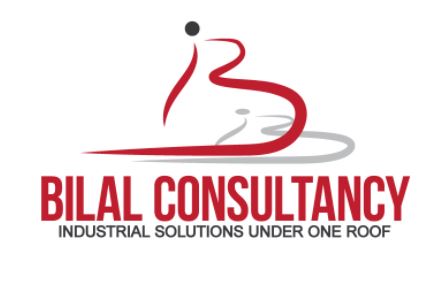











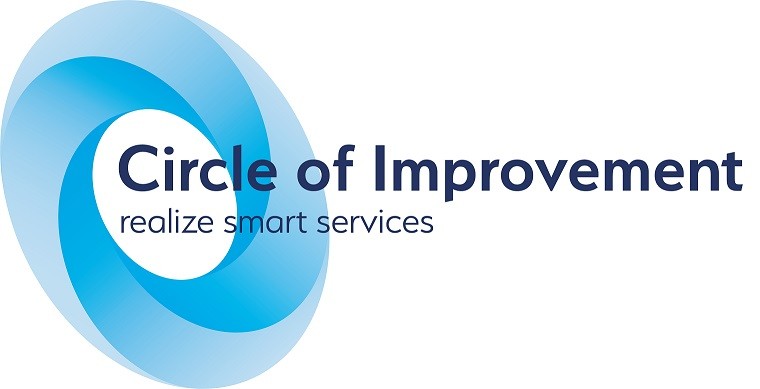



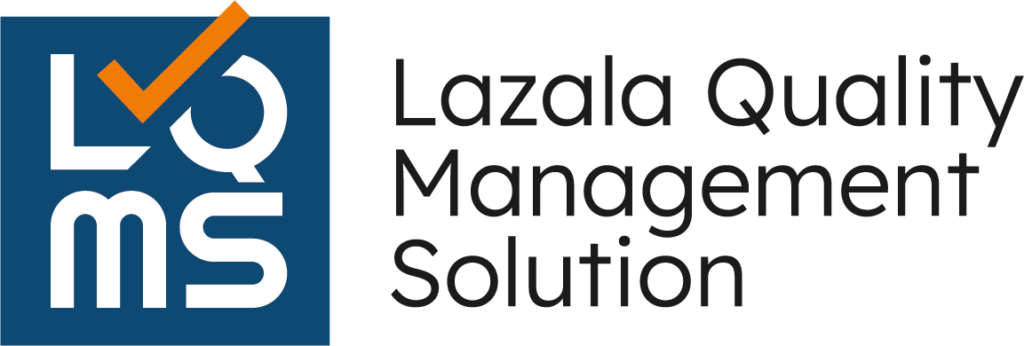








![UCOURSE.ORG [UCOURSE Academy] was established in Hong Kong in 2019 (company name: UCOURSE LTD), dedicated to providing high-quality online courses and courses for Chinese people in China, Hong Kong, and even all over the world. UCOURSE.ORG 【优思学院】于2019年成立于香港(公司名称:优思学院有限公司 / UCOURSE LTD),致力于为中国、香港、以至身处于全球各地的中国人提供优质的线上课程和考试认证,促进全国的人材培育、个人的职业发展,让学员在事业上事半功倍,同时助力国家的未来的急促发展。](https://ilssi.org/wp-content/uploads/2021/02/ucourse-logo-250.png)

